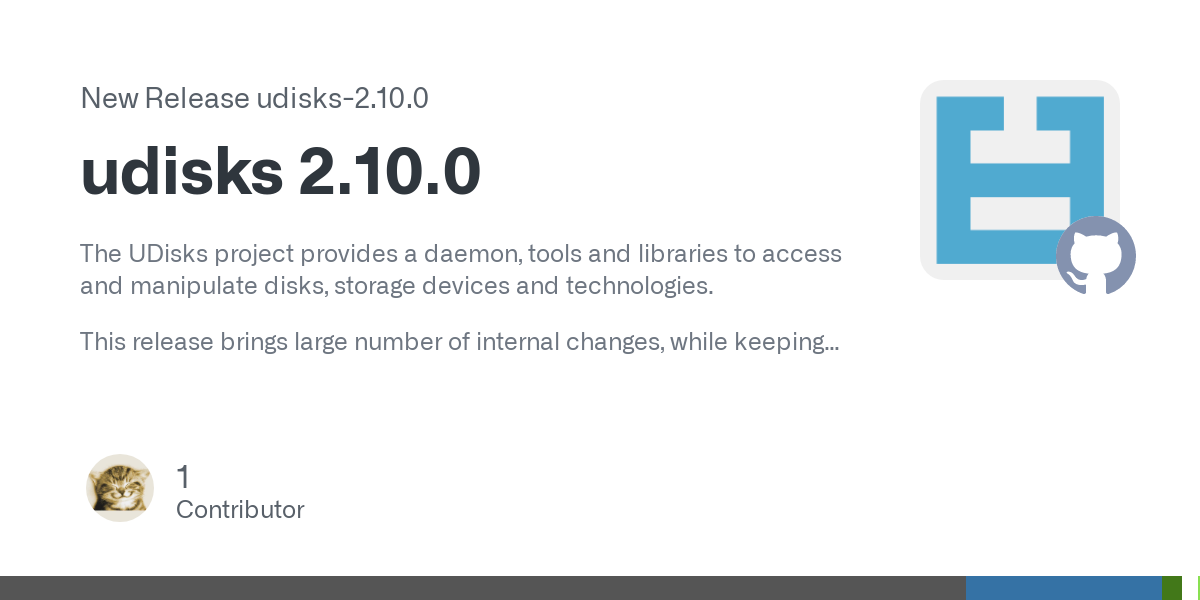Early computer aided art and programs I’ve written, dating back decades.
In the mid 1990s I used ImpulseTracker to create music. The music sucks. But losing the original source .IT files would be heartbreaking.
Likewise, my first programs, written as a child in MS DOS batch files circa 1991 – basic menu driven interfaces that facilitated launching my installed sharware… I don’t have the games the program points to anymore, but that isn’t the point ;)
















No one commenting on your playlist? You’re cathartic music experience is showing :)